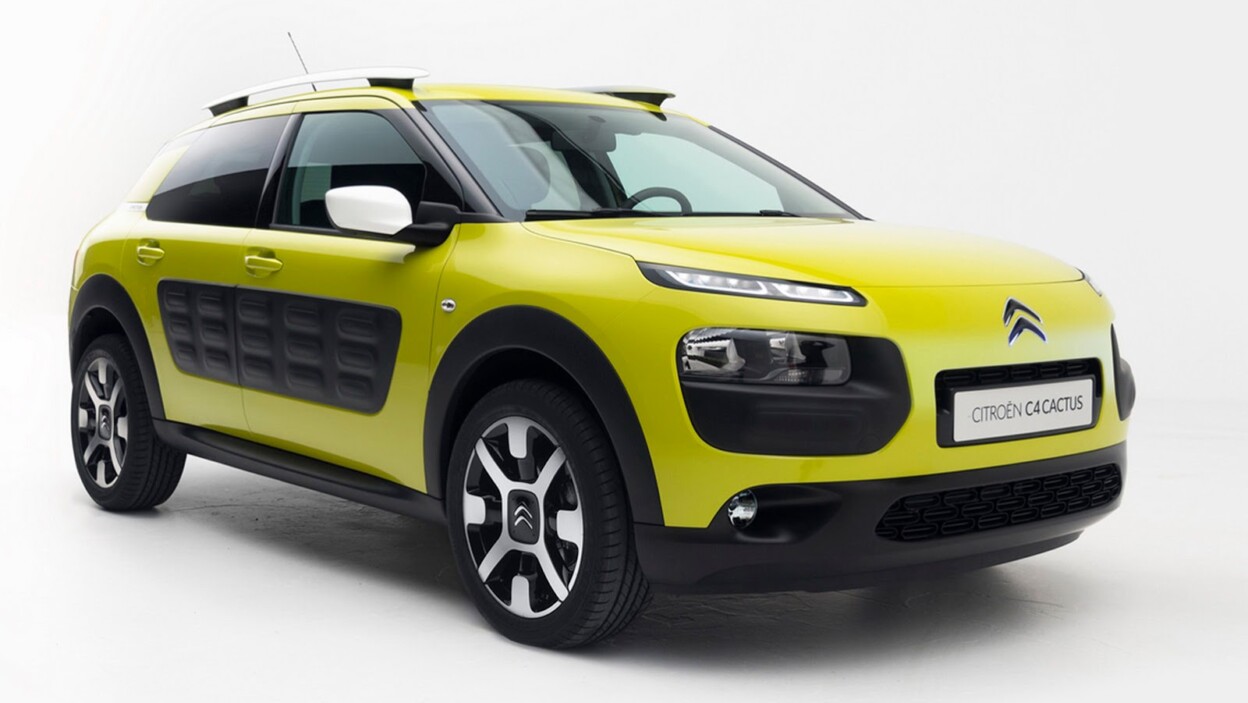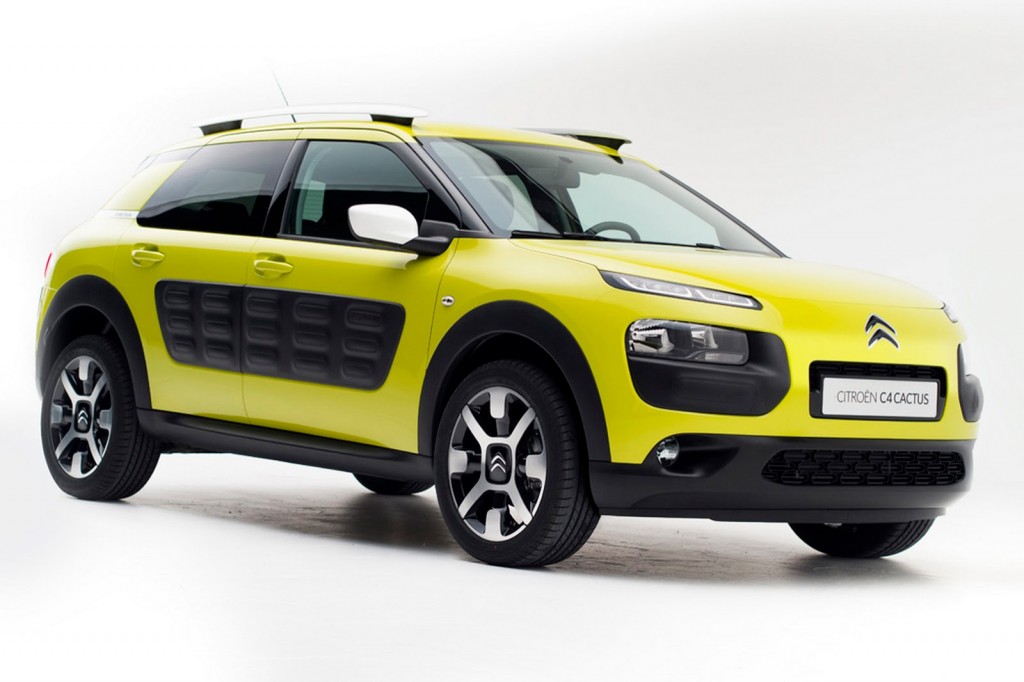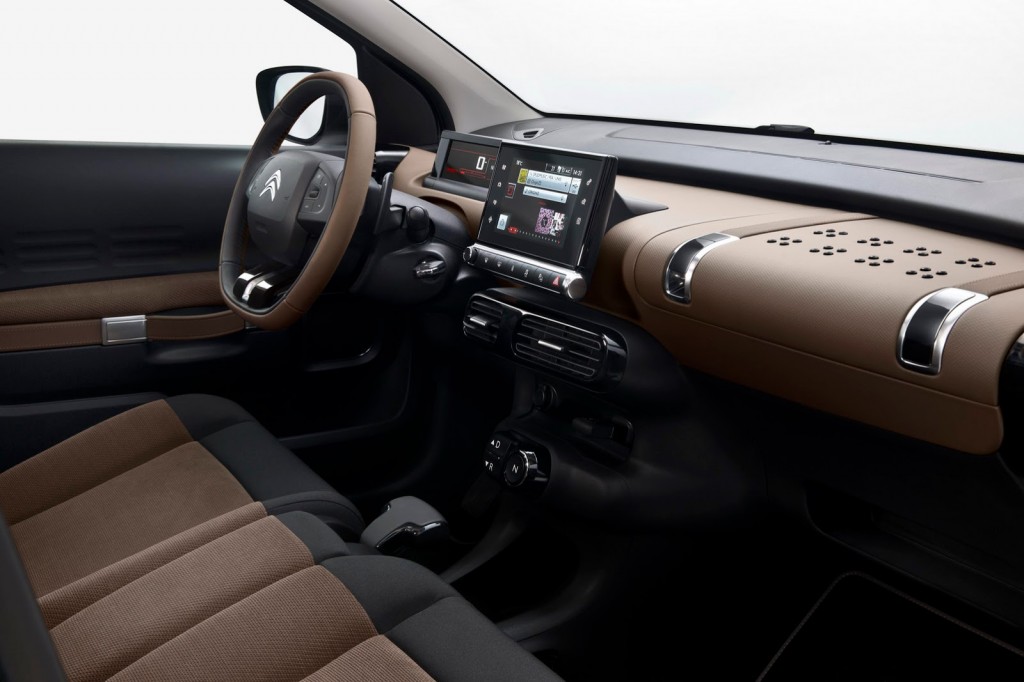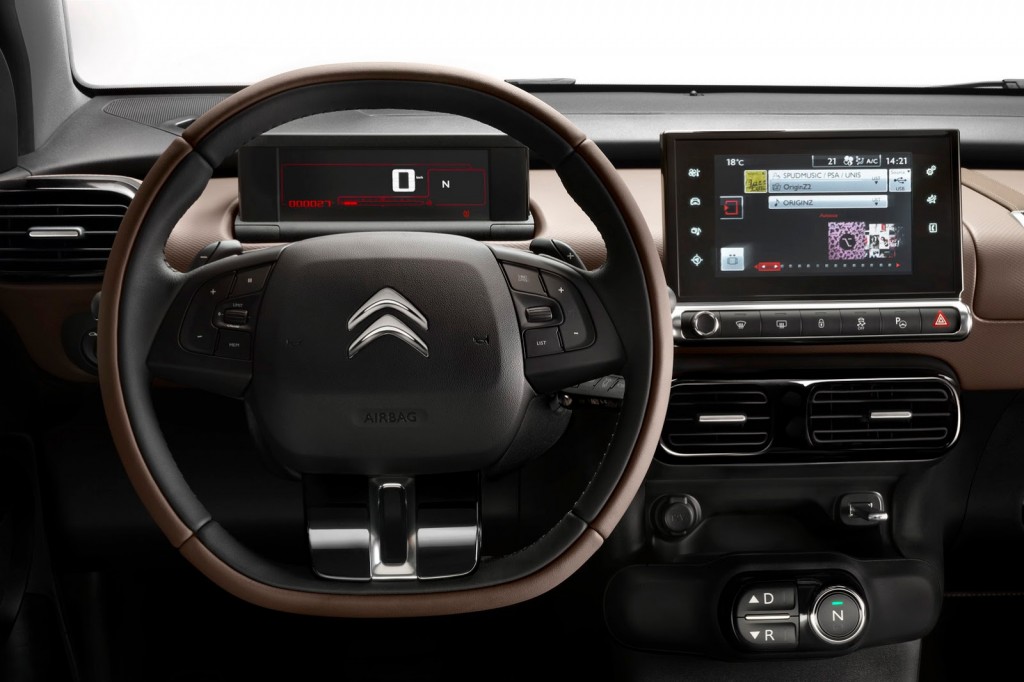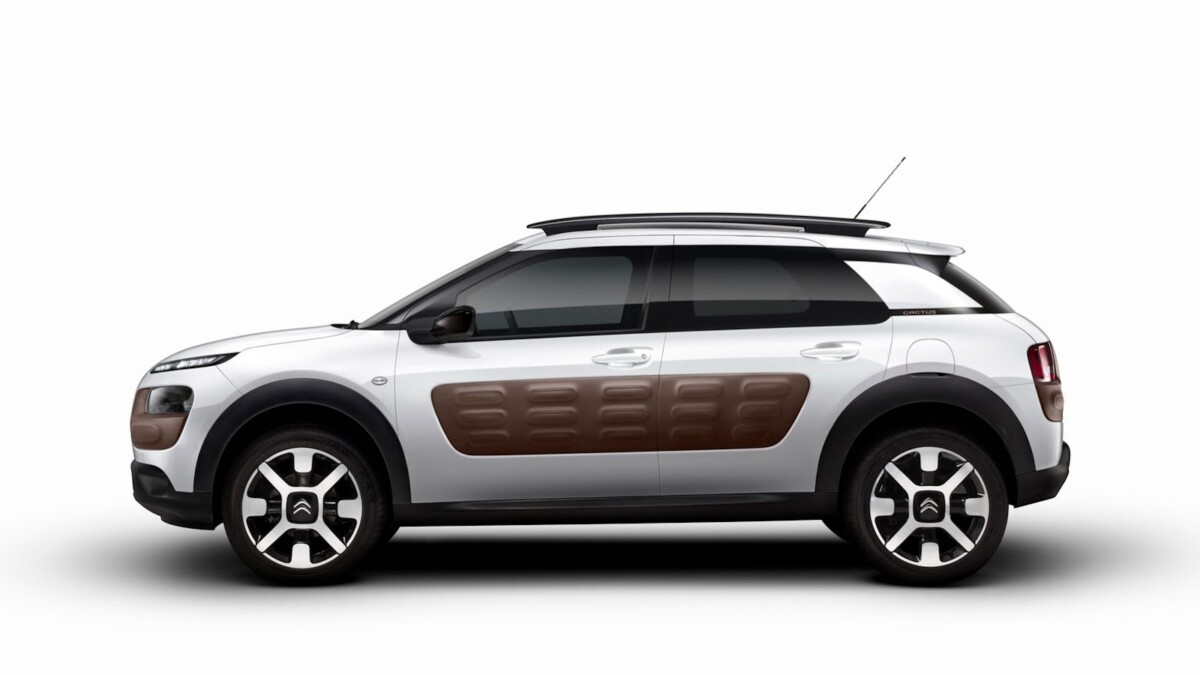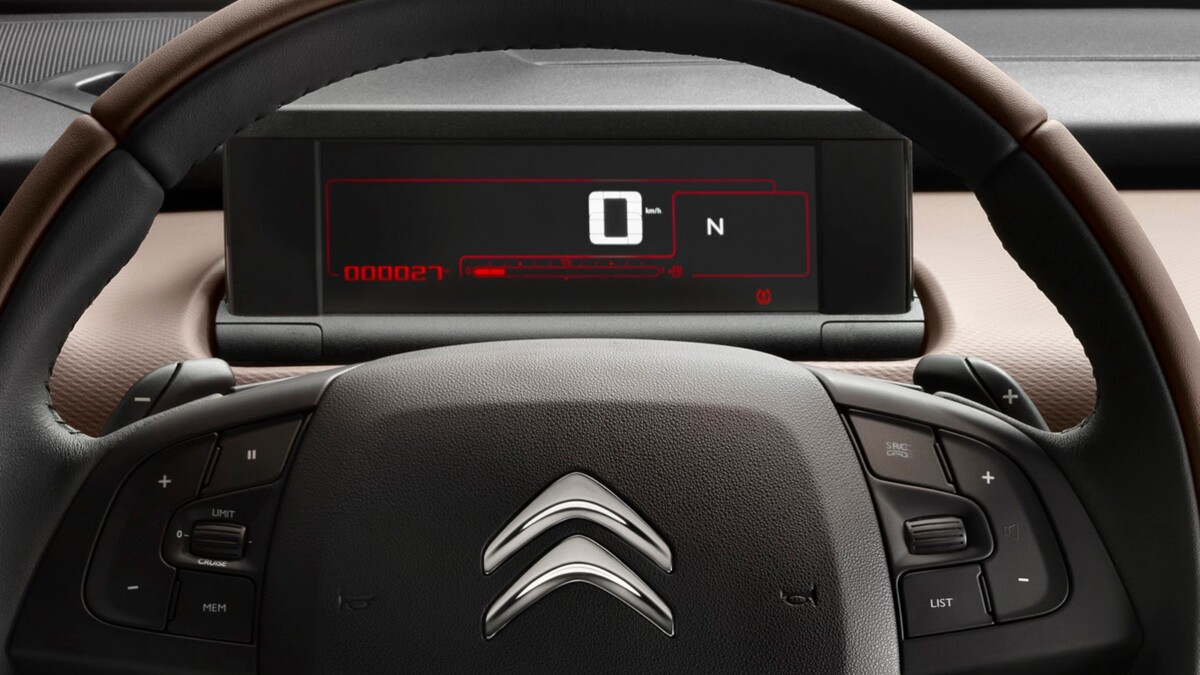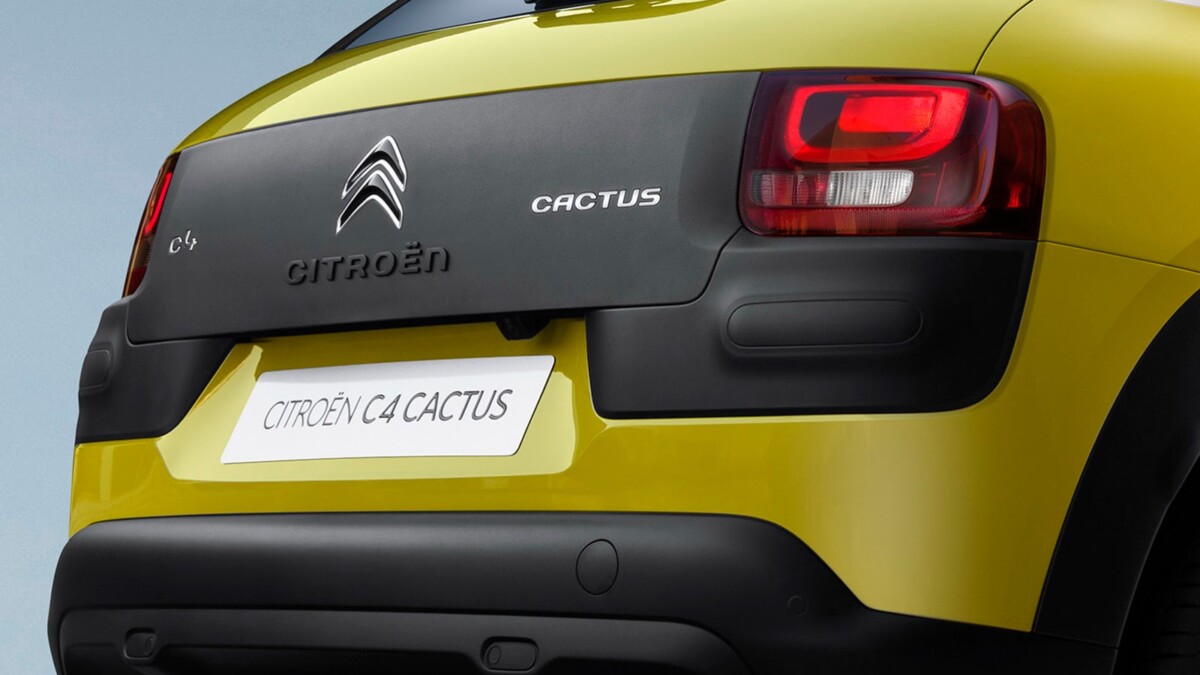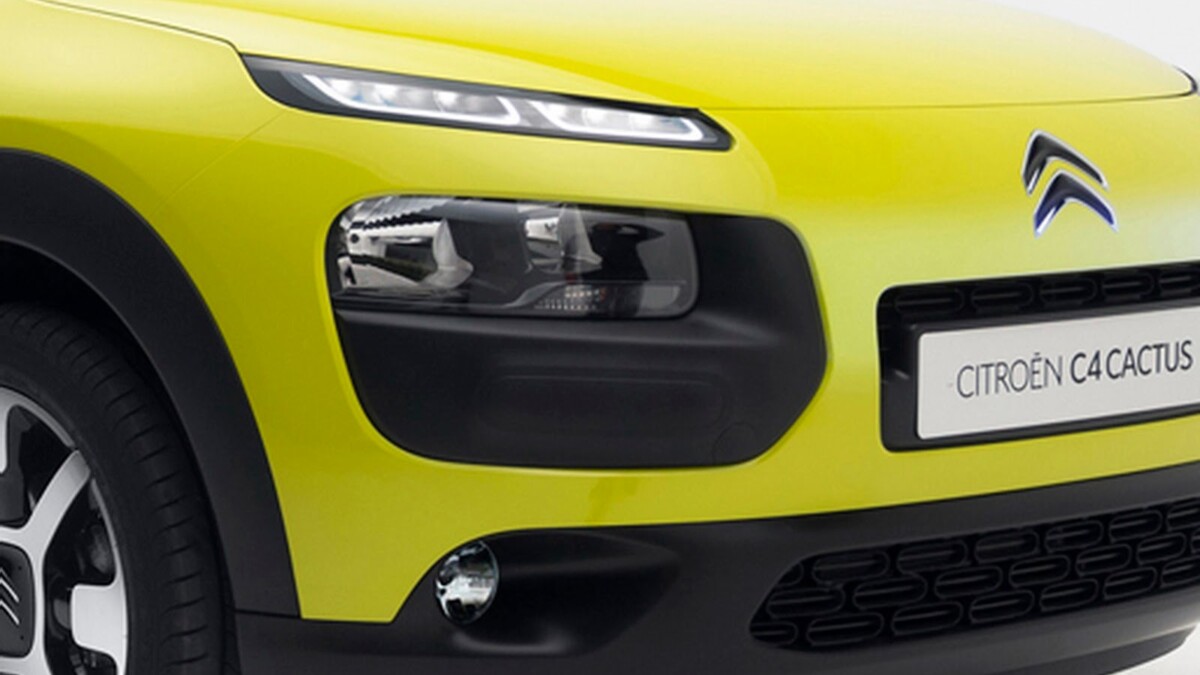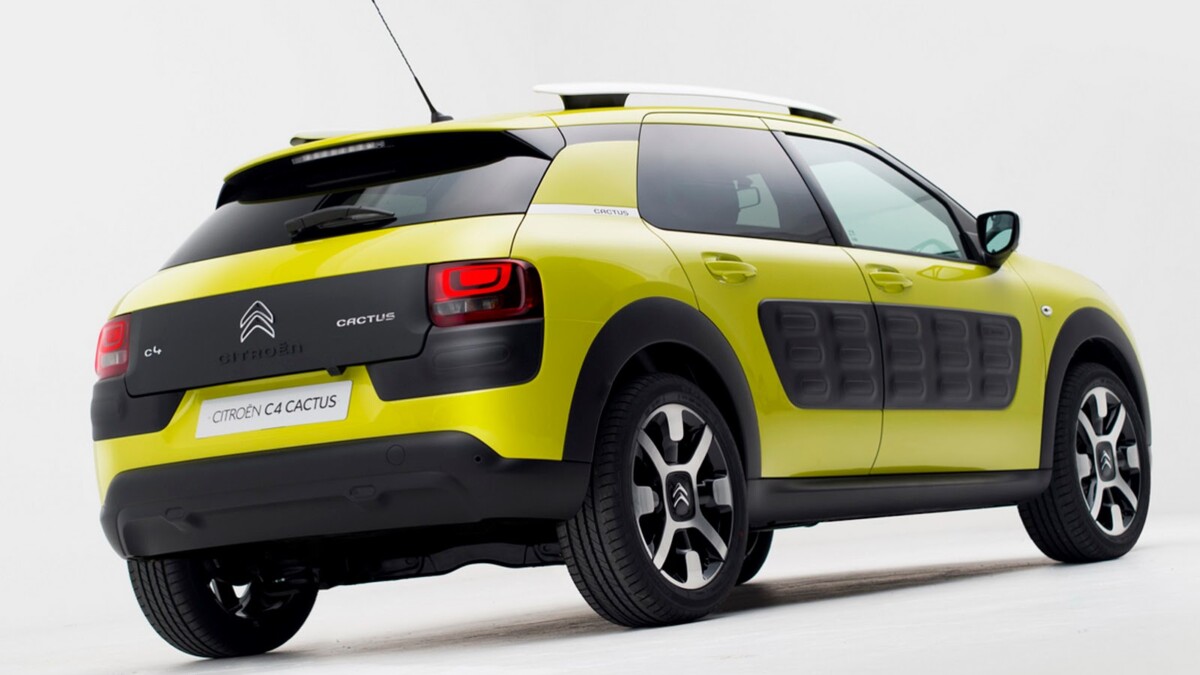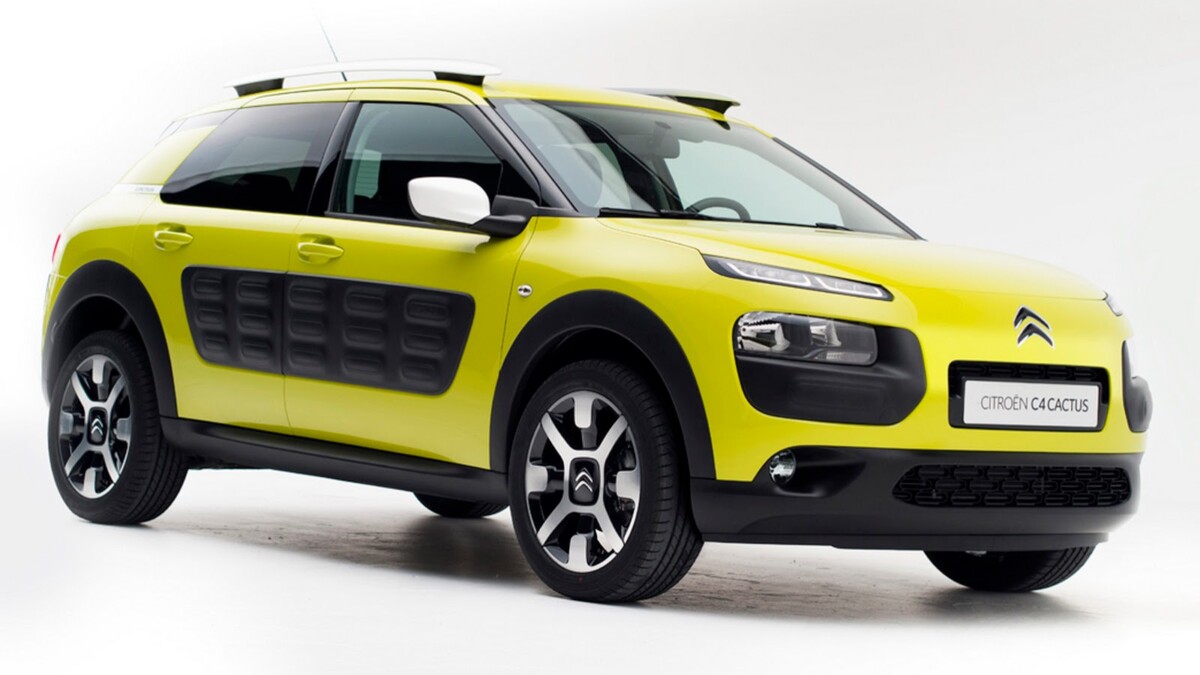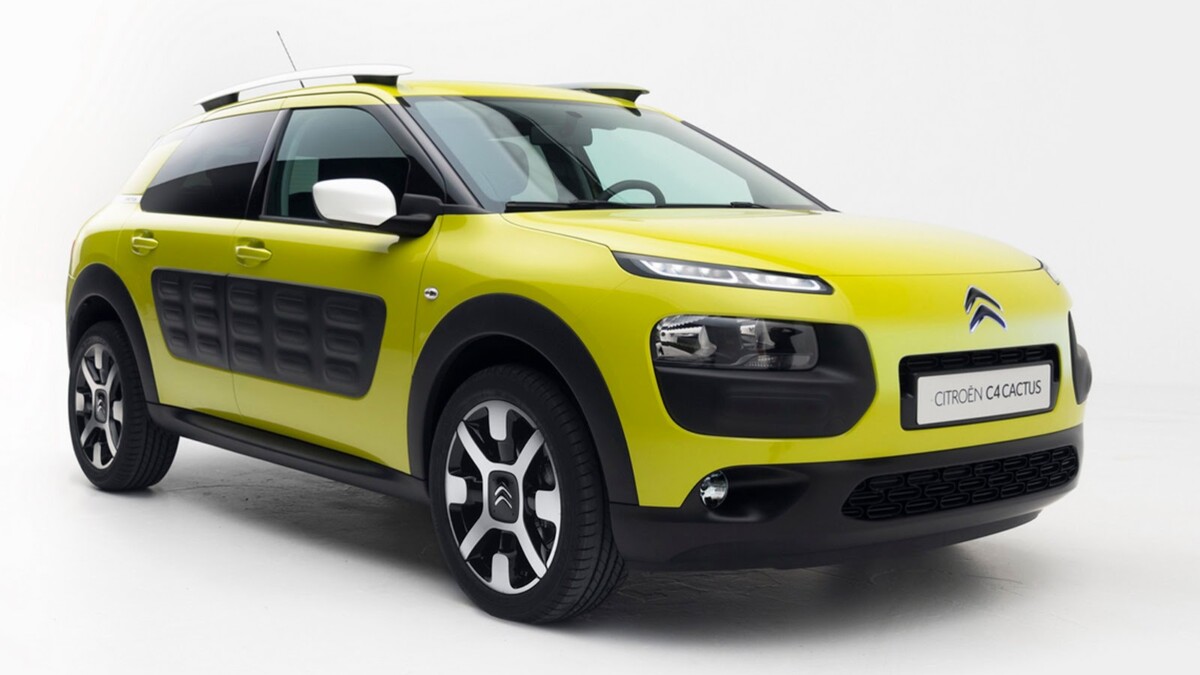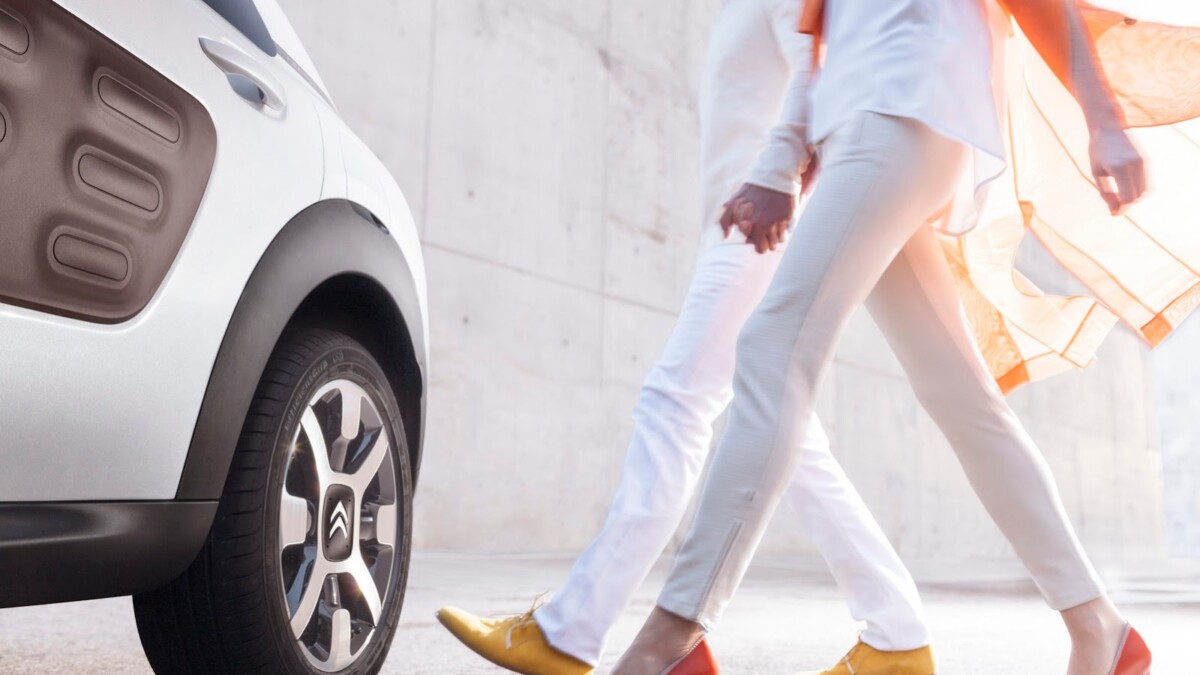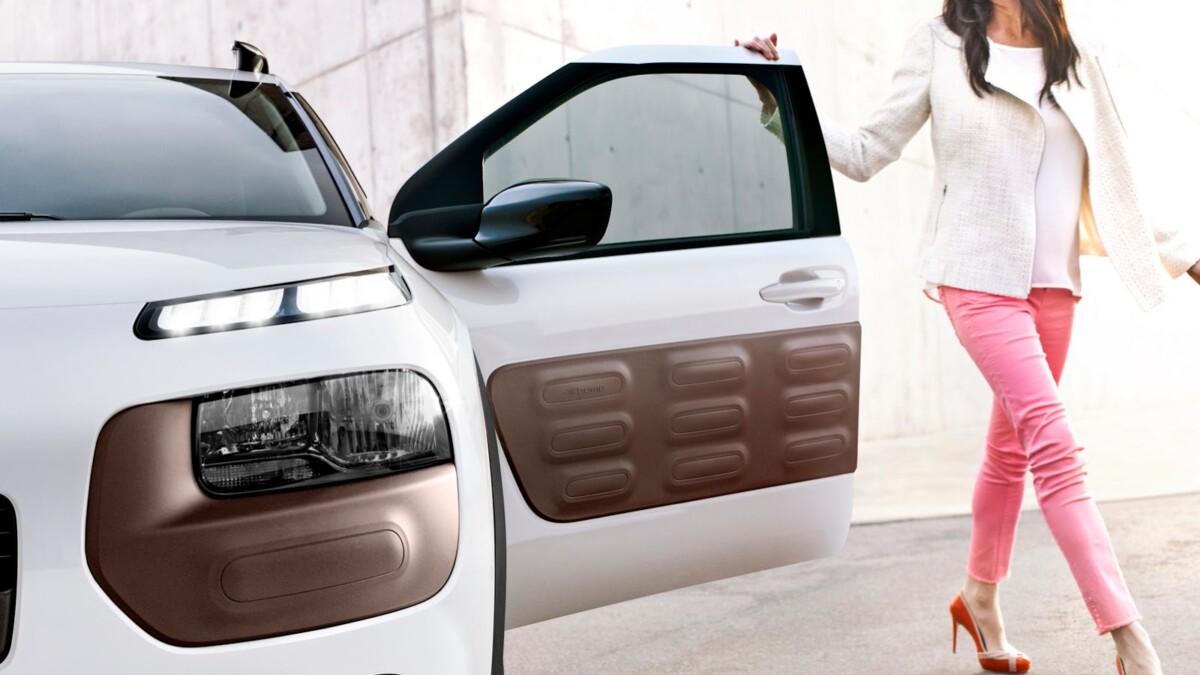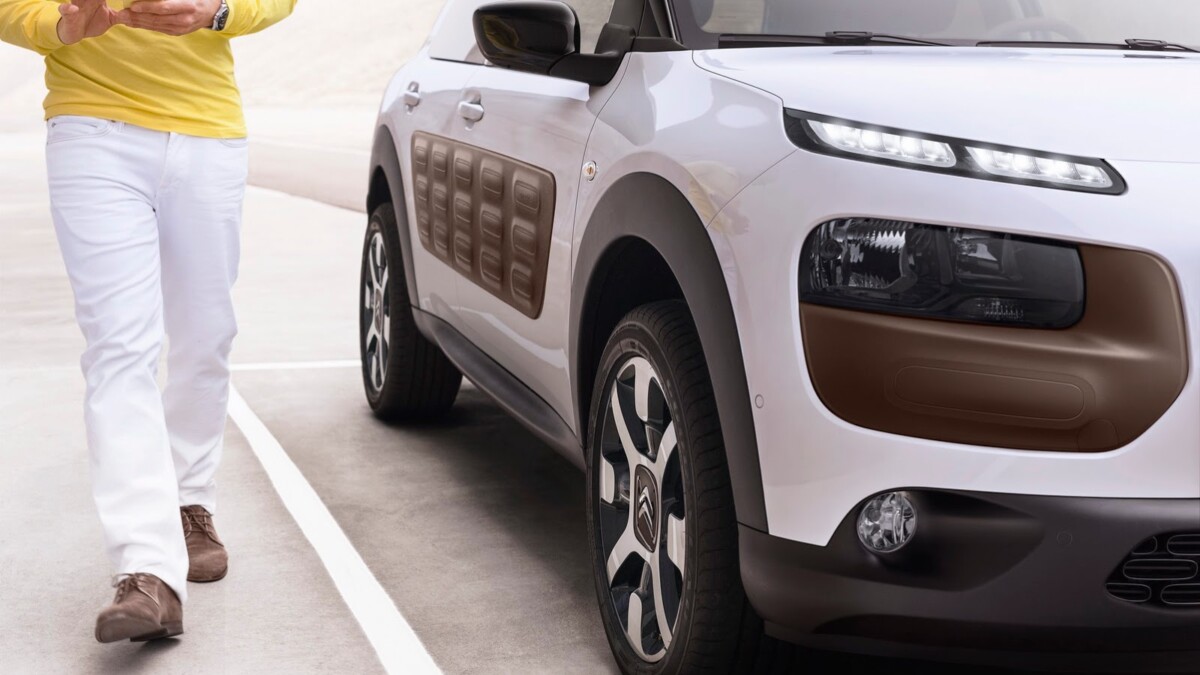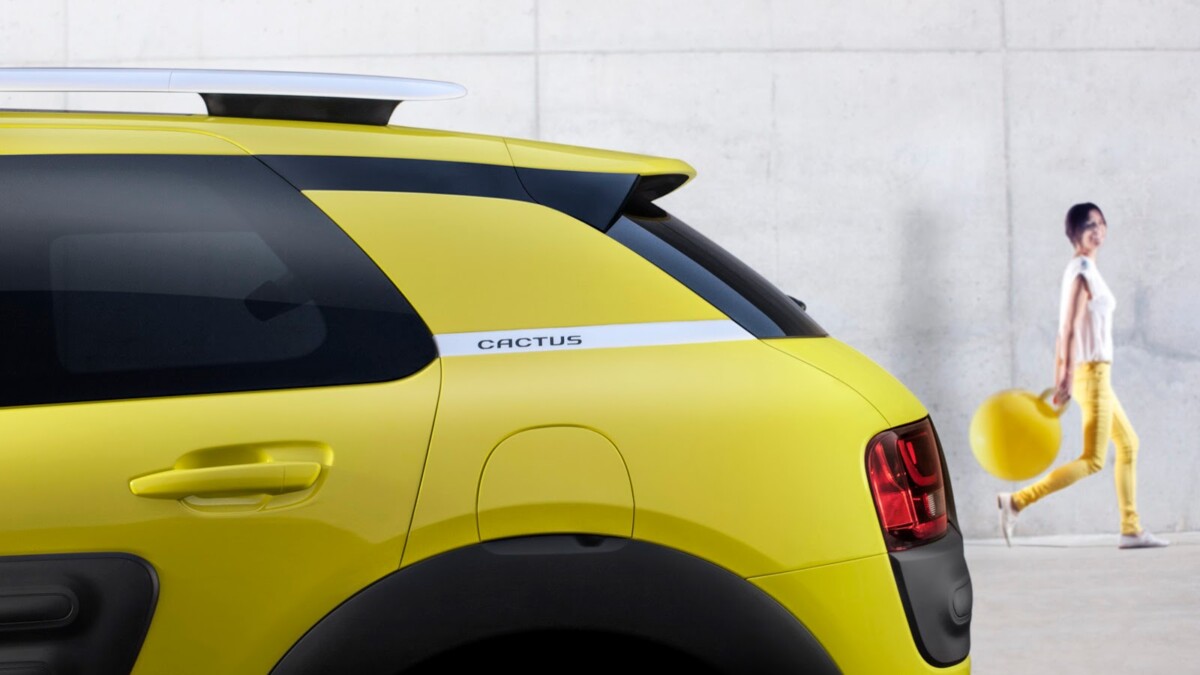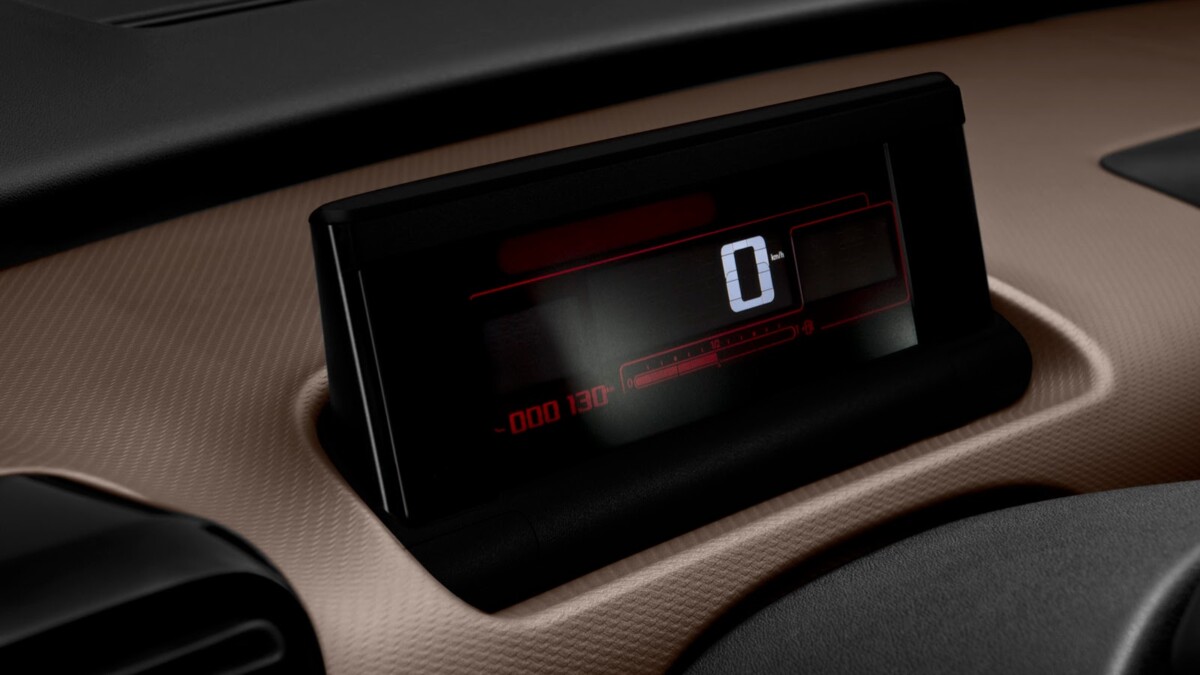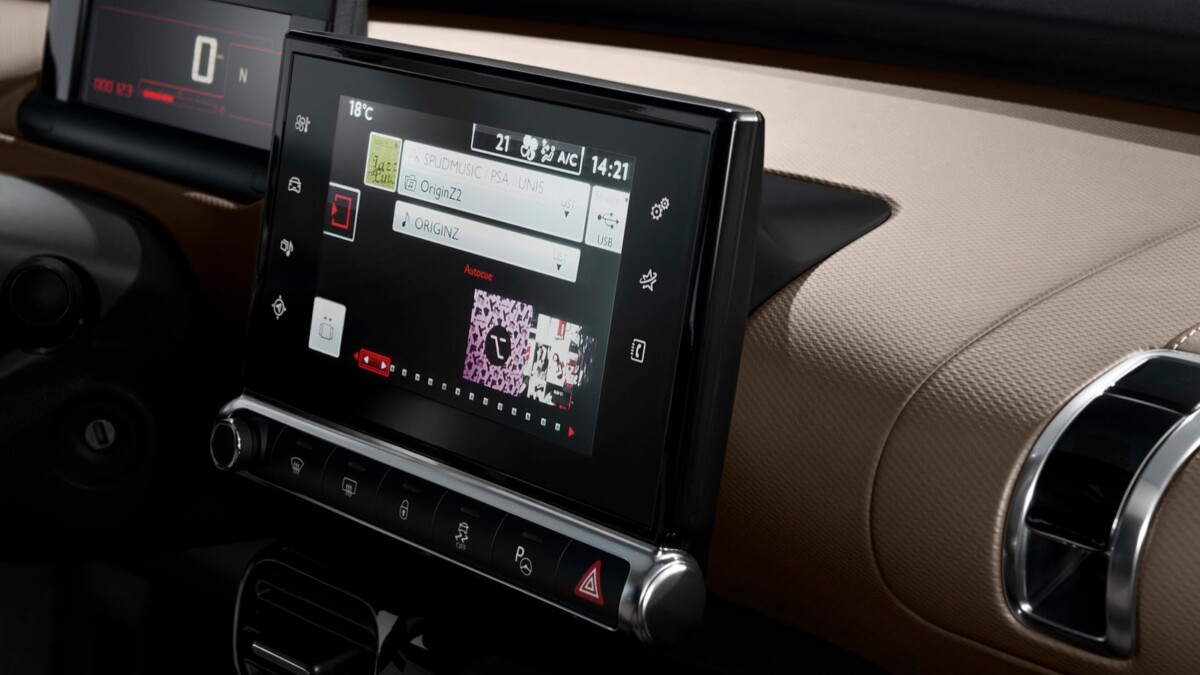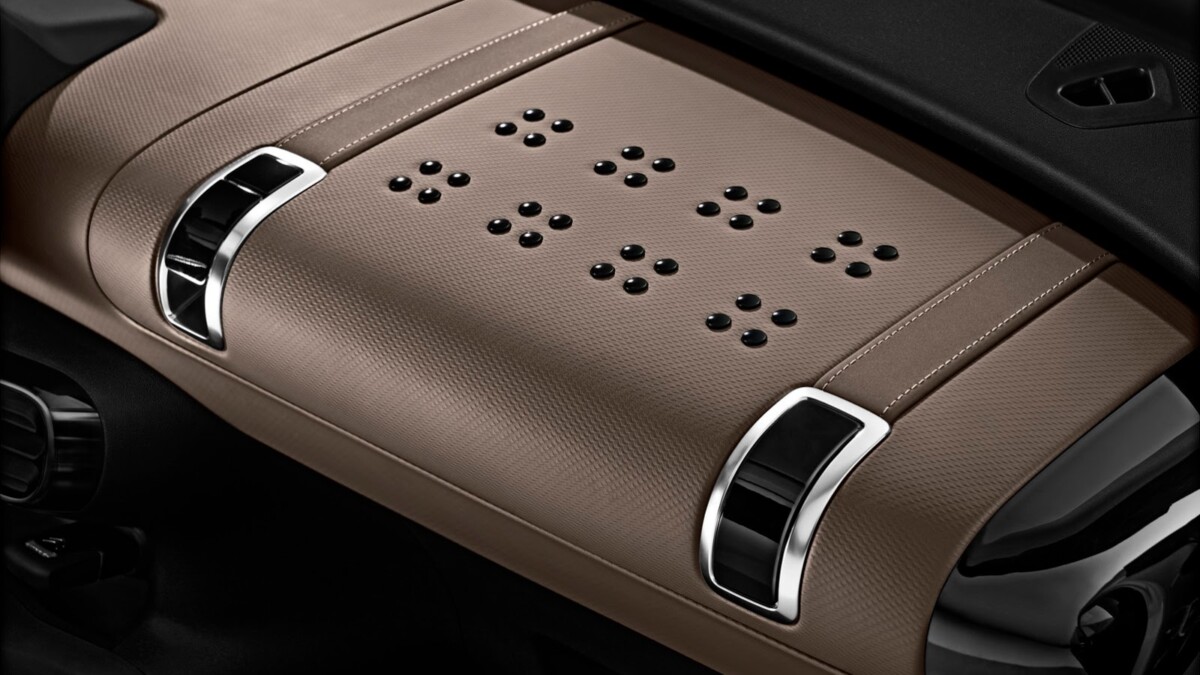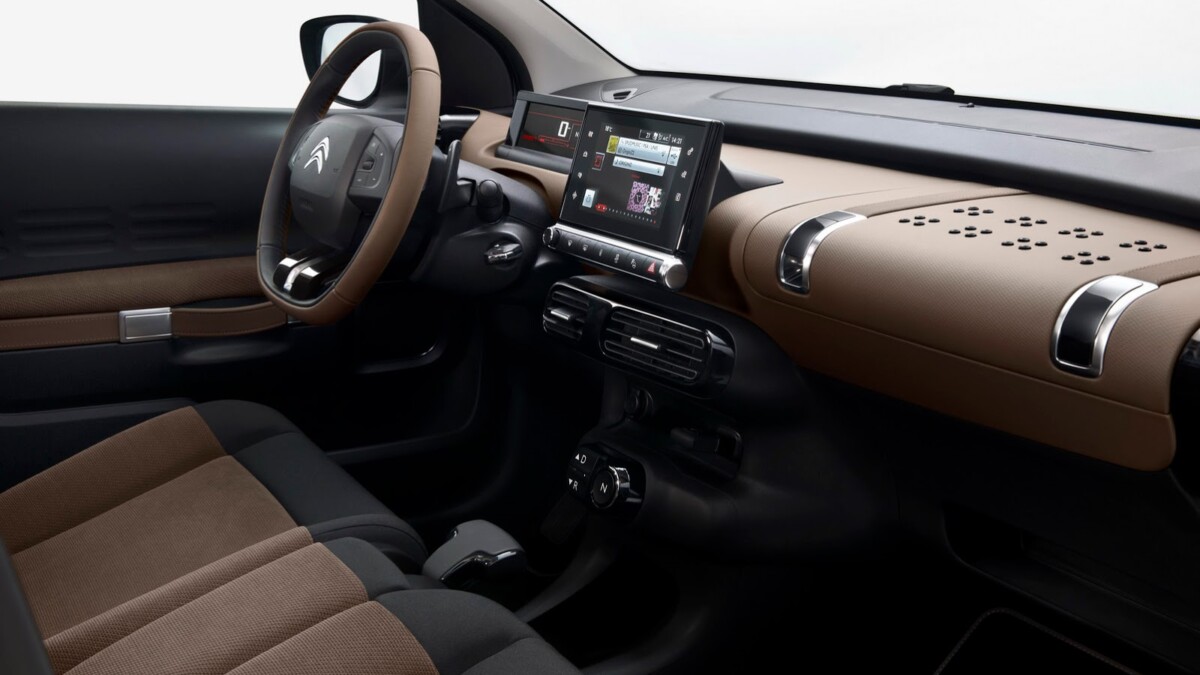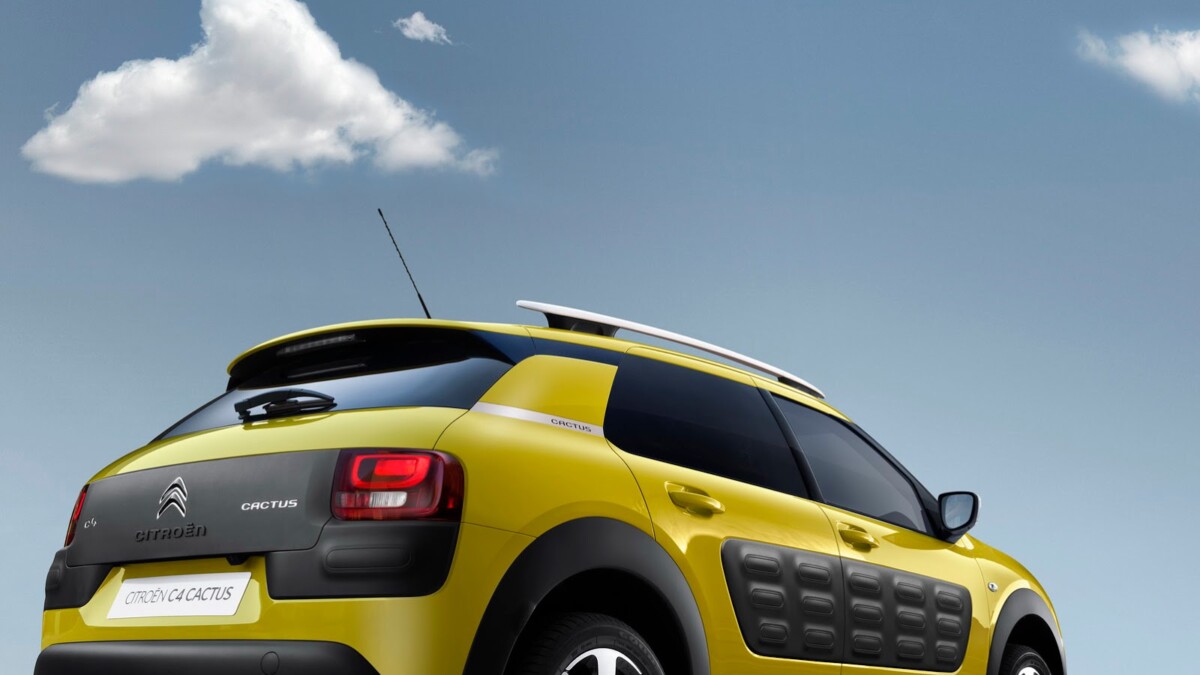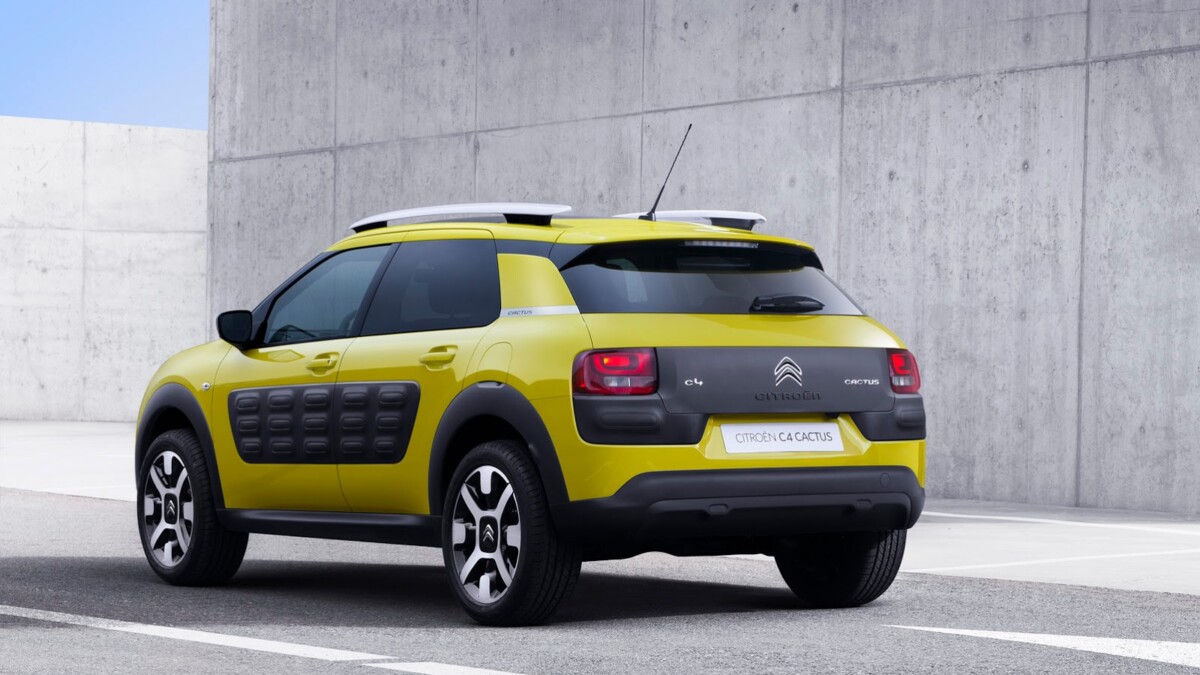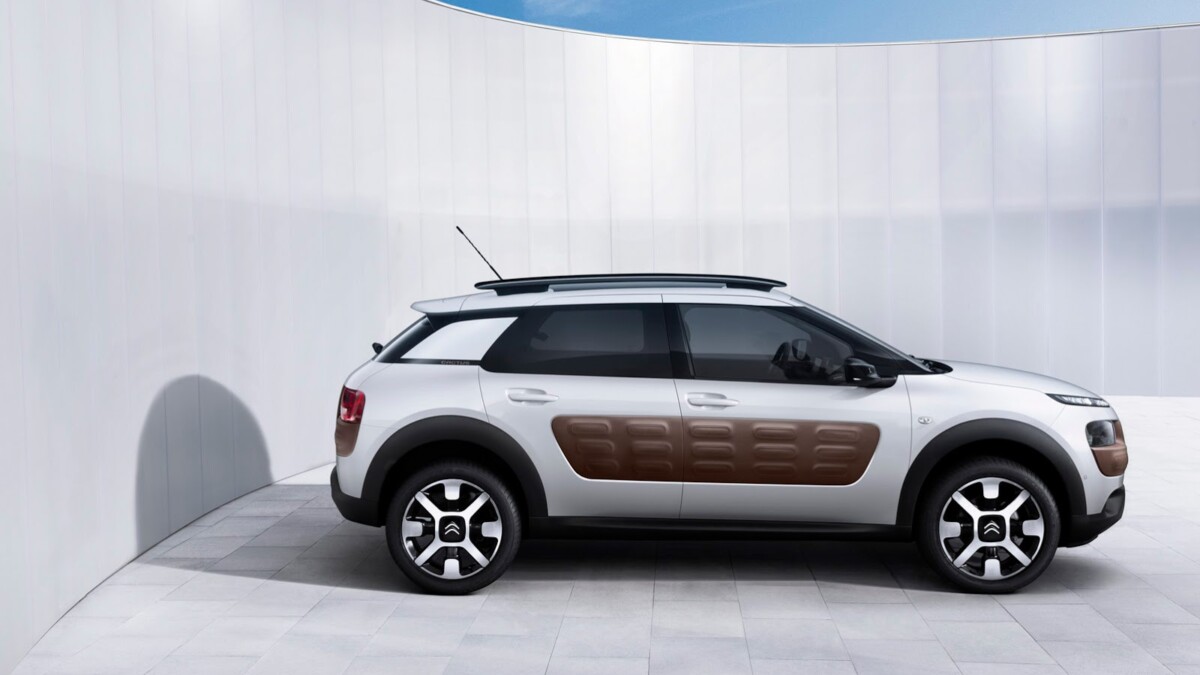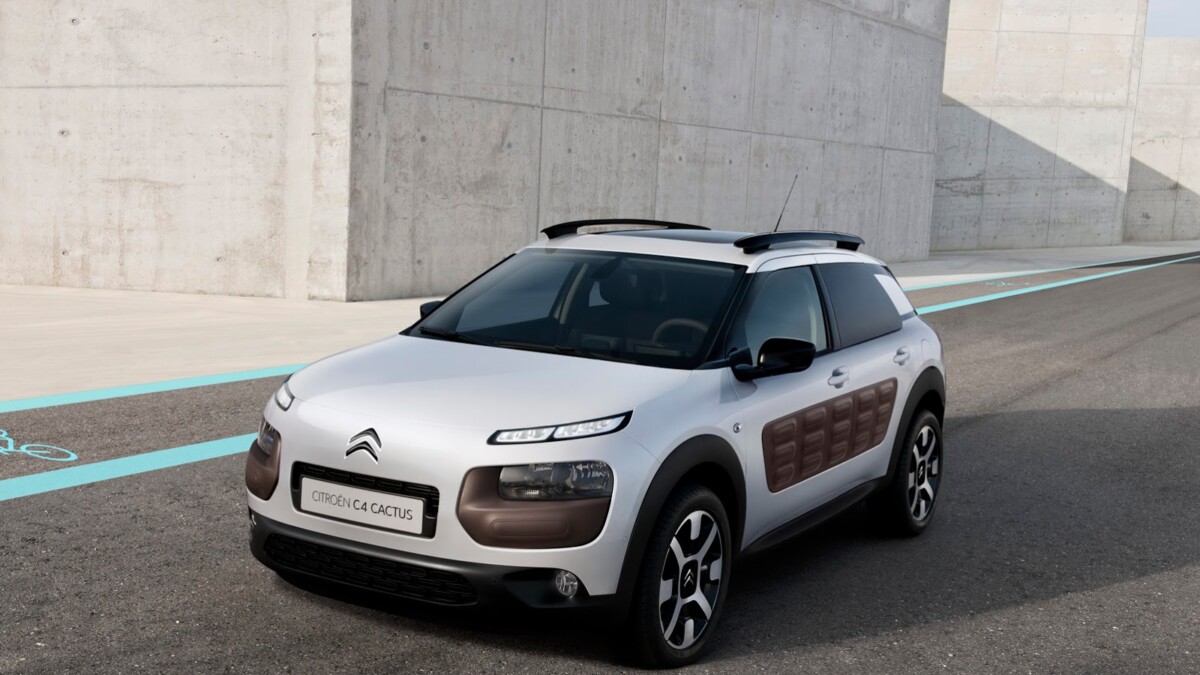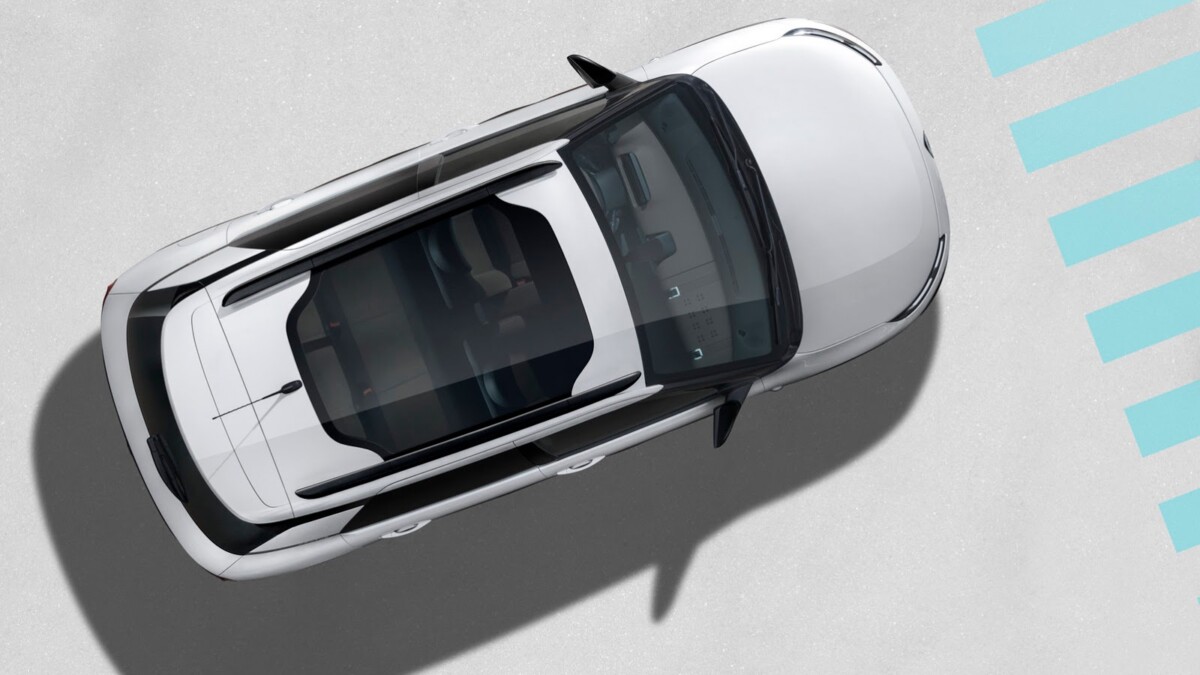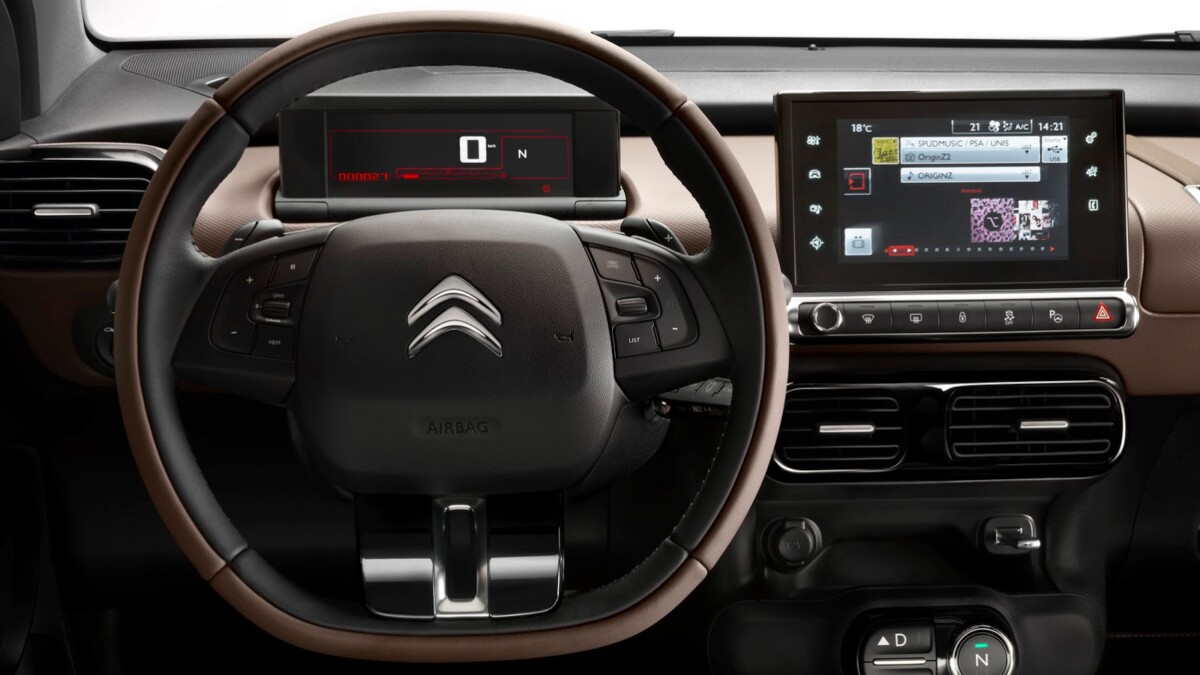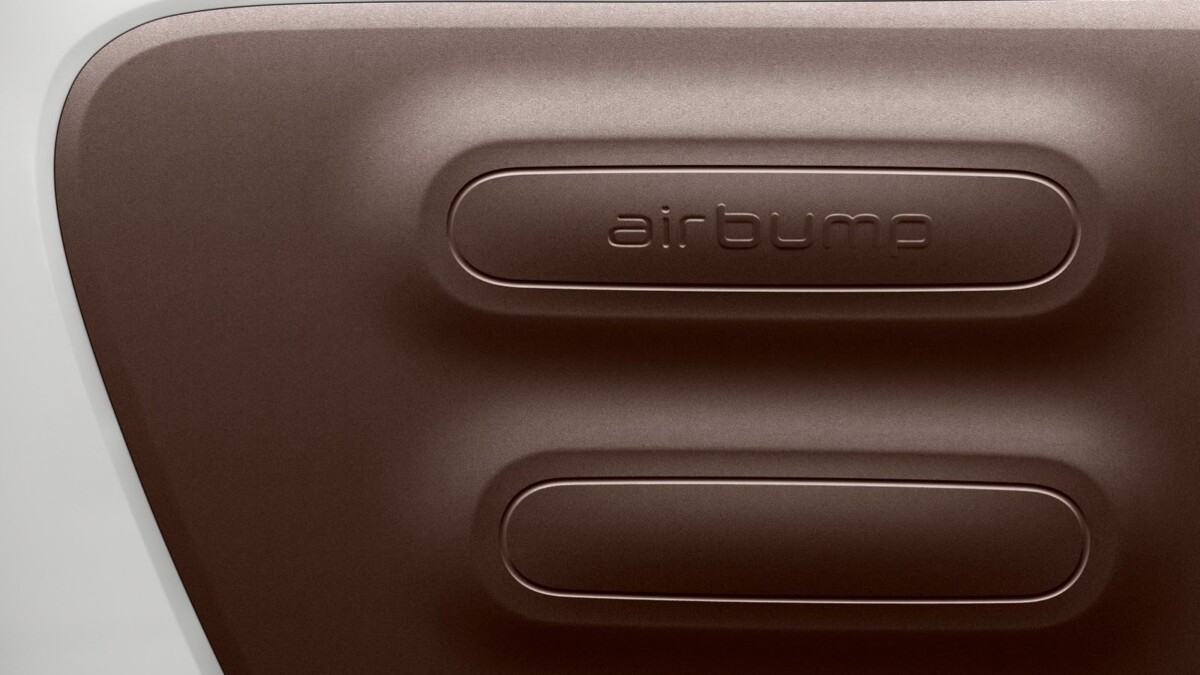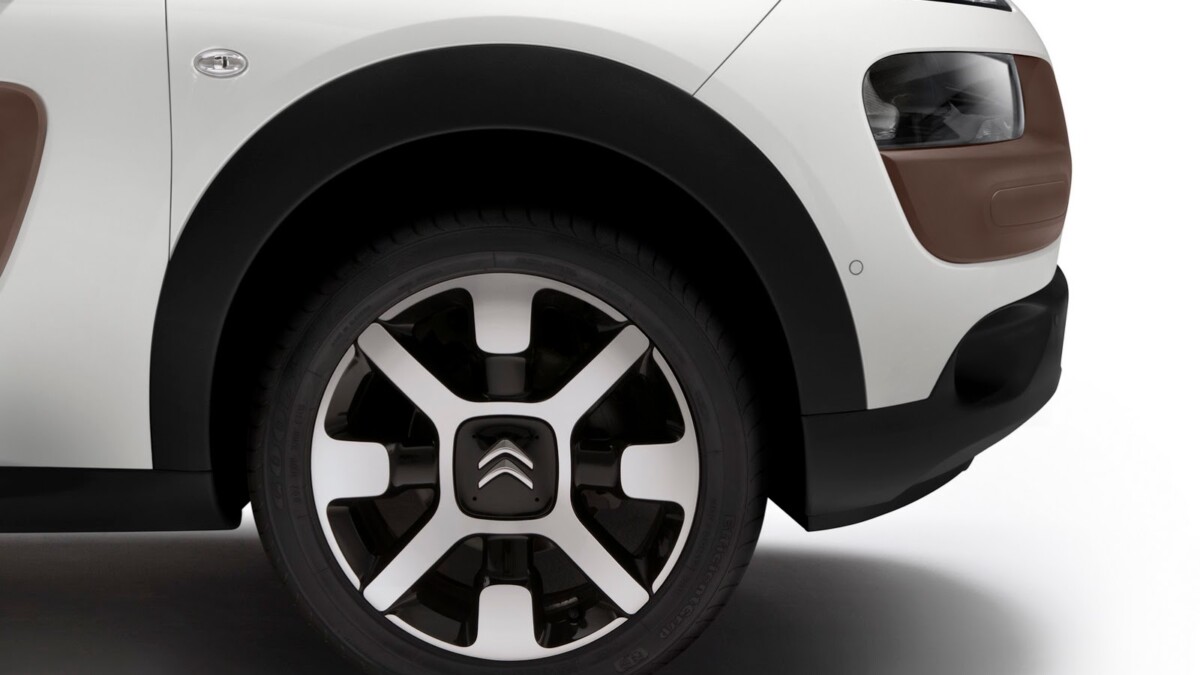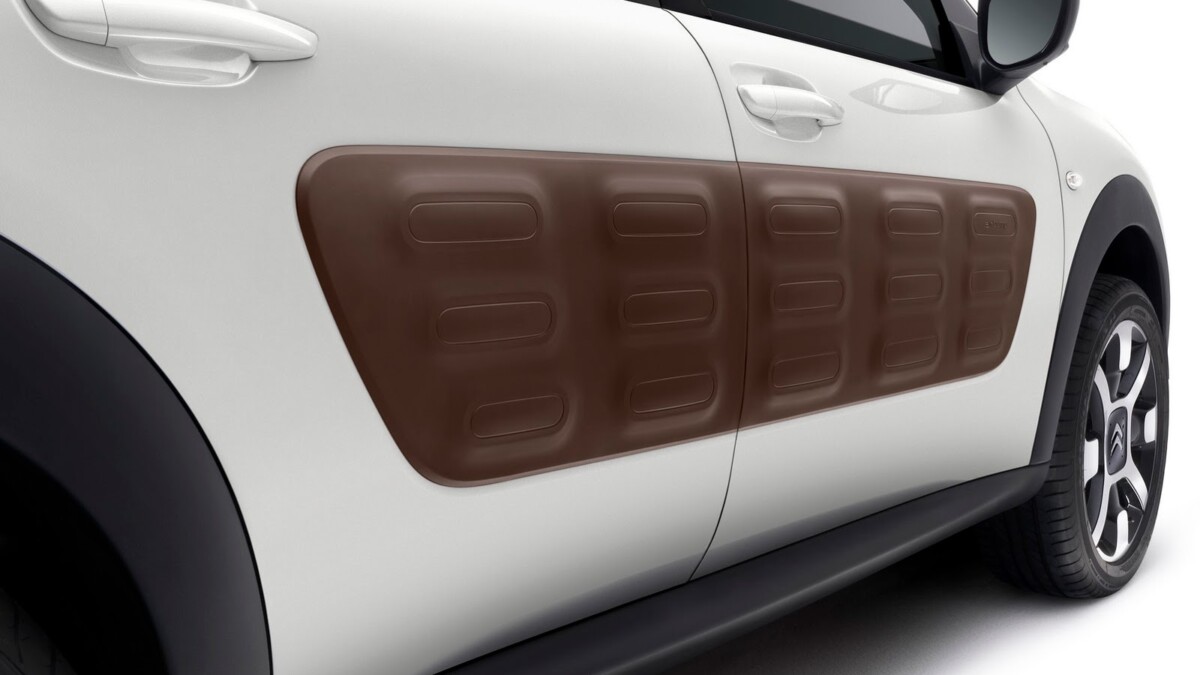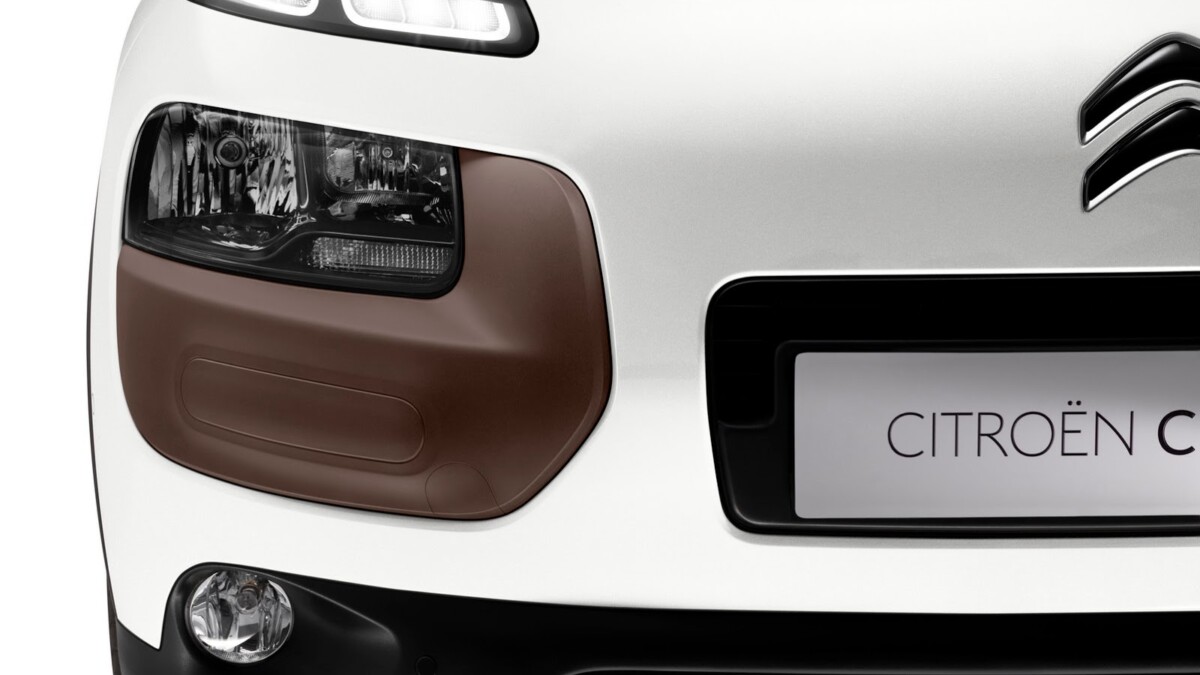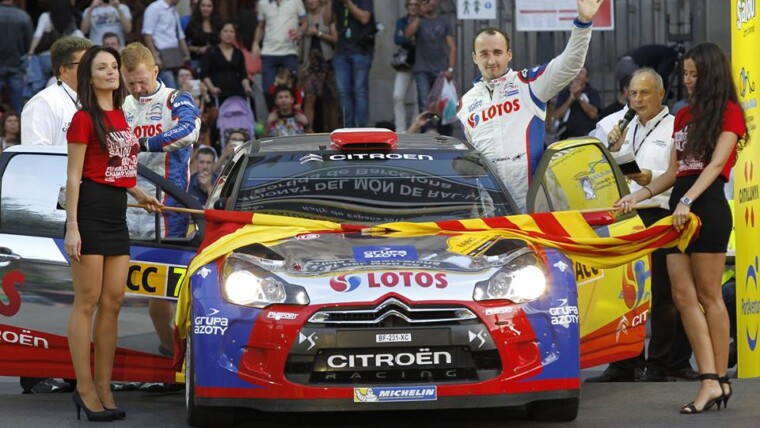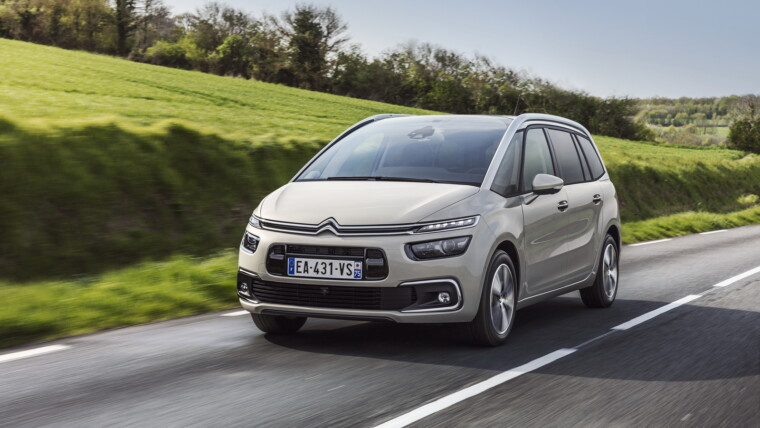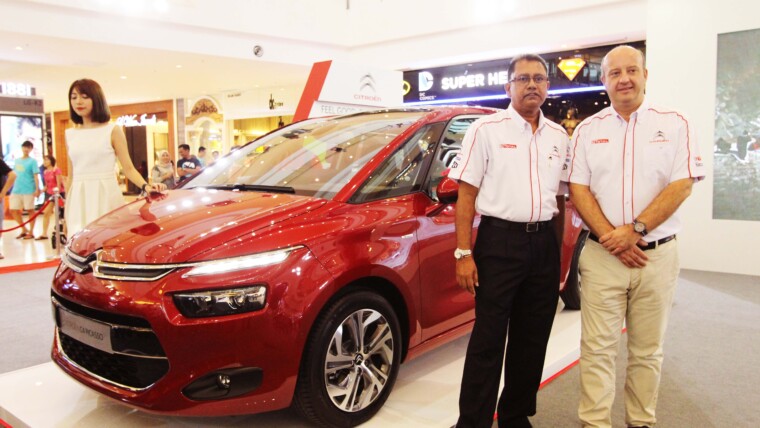Citroën has recently taken the covers off the C4 Cactus Crossover ahead of the model’s world premiere at the 2014 Geneva Motor Show next month.
Citroen says the C4 Cactus, that looks almost identical to last year’s concept car, offers “a real alternative to the traditional compact hatchback” with the car heralding the brand’s new approach to automotive design that places more focus on “design, comfort, useful technology and reduced ownership costs”.
The C4 Cactus’ exterior design has a funky, conceptual vibe to it, aided by the available vibrant colours and the striking ‘Air Bump’ side panels that are offered in four colours (Black, Grey, Dune and Chocolate), and which incorporate air capsules to absorb impacts and hence, reduce vehicle repair costs. The car itself is available in 10 colours, and there are three interior colour themes.
The same feeling is continued once you have stepped into the cabin. It comes with a sofa-style seat bench and an optimized dashboard layout with storage compartments. The Cactus offers the same amount of rear passenger space as the C4 hatch, with more compact exterior dimensions. The boot capacity for the crossover model is 358 liters.
Other notable interior features include the ‘Easy Push’ button system that replaces the conventional automatic lever on models fitted with Citroen’s Efficient Tronic Gearbox (ETG), a standard seven-inch touchscreen for the infotainment and air-conditioning systems, and a fully digital instrument panel behind the steering wheel.
The car is based on the same chassis parts as the Citroen DS3, Peugeot 208 and 2008. According to French automaker, the lightweight set of parts and a string of other weight-saving measures, including an aluminium bonnet, pop-out rear windows instead of electrically operated ones and a single-piece rear seat, help the C4 Cactus to weigh only 965kg.
The Cactus’s downsized engines are also part of the weight-saving programme, the 965kg applying to the base 81bhp VTi 1.0, three-cylinder, turbocharged petrol. Other engines include an e-THP 108bhp, a 91bhp eHDI and a 99 bhp BlueHDI diesel that consumes 3.1l/100km and emits 82g/km of CO2.
Other posts by AF Newsdesk

